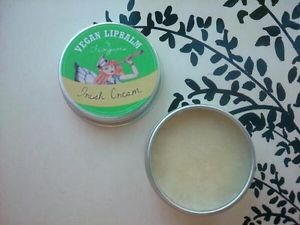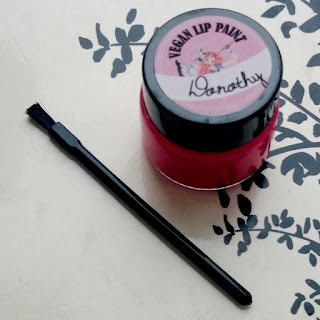It's recipe time again! We can't claim this one at all, it's a super basic recipe that your granny has probably been making for yonks. We'd like to think we've updated it a little though!
So let's start with the basics - to make jam, you will need fruit and sugar. Lots of people swear by using normal, granulated sugar, but we normally use special Jam Sugar. It just has added pectin, which is what makes the jam a bit solid, rather than a runny liquid. You can use regular sugar and add pectin yourself, but I prefer it if Tate & Lyle have done it for me. Other jam sugar brands are available, just check your local supermarket,.
Fruit wise, it's up to you. Obviously you can use the more common fruits, like different berries - if you can buy it in the jam aisle, odds are it'll work if you're making it. We've experimented a lot in the past, some fruits don't work as well as others. The best ones are plums, strawberries, raspberries, cherries etc. We tried peaches once, that didn't work so well. It was kinda like a peach syrup. It's ok, we made bellinis with it instead.
 |
| Strawberry jam, bubbling away. |
If like me, you like your jam with bits in, then this recipe couldn't be any easier. If you like your jam smooth, you just need to strain it before putting it in jars.
All you need to remember, is you need equal parts fruit and sugar. So if you're using the whole 1kg bag of sugar, you'll need 1kg of fruit. Fresh is lovely, but I've had some excellent results using frozen fruit too, and in the winter you'll get a better deal if you use frozen. And, before you start jamming, just pop a little saucer or side plate into the freezer, you'll need this to check if your jam is ready.
All you need to do is whack a large pan on a medium heat, throw in your chosen fruit, and the juice of one lemon. The lemon just adds more pectin, it won't affect the flavour. I used a lime once too, and that was fine.
Once the fruit has warmed up a little, throw your whole bag of sugar in too, and stir it in. Turn the heat up, and let the sugar dissolve. It will start to look like the photo above. Let the jam boil for about 6 minutes, giving it the odd little stir. Be careful it doesn't boil over - don't leave it!
After 6 minutes take your saucer out of the freezer, and dollop a teaspoon of jam onto it. Leave it for a few seconds, then try pushing the jam with your fingertip. If the surface of the jam starts to wrinkle, you're good to go. If it's still too liquid, keep boiling it, but repeat this test every 30 seconds or so.
Once you're happy, take the jam off the heat and leave it for 15 minutes. During this time, a foamy froth will form on the surface. When the time is up, remove this foam and bin it, it's useless to you. This is the point that you would strain the jam through a sieve to remove 'bits' - but leave it whole if you prefer, I do.
If the jam is for children, then jar it up now. Once you've filled a jar, pop the lid on straight away, this will create a vacuum, and will seal the jar, stopping any bacteria getting in. If the jam is for adults, this is the exciting part - this is when you can add 3 tablespoons of the alcohol of your choice. The only limit is your imagination, I've made raspberry and amaretto, strawberry and rum, plum and cointreau etc. You don't have to add alcohol of course, but it really does add that little bit extra, and makes the jam zing!
This recipe will make quite a few jars, depending on how big they are. It will last forever in your cupboard, though I'm sure it will be eaten long before then, it is in our house! Sealing the jars by putting the lid on straight away should ensure each jar stays nice and fresh, but if you come back to an opened jar and find mould forming, you can remove the top layer of jam, then continue to eat the new layer underneath. You may be turned off by the mould, but it is safe to eat once removed.
 |
| Strawberry and Pimms jam! |
So get making, and show us your wild and wonderful creations!
xox























